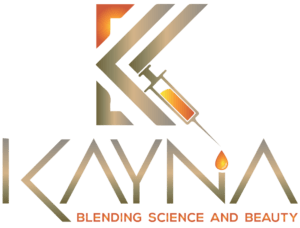FACE REJUVENATION
Overview
Sun, skin disorders, aging and even heredity can all contribute to skin irregularities on the face and elsewhere on the body. These include textural irregularities like wrinkles and acne scars, pigmentation changes like freckles, sunspots or visible blood vessels. In addition, skin may lose tone, feel less firm and lose the healthy glow that is evident in younger skin.
Different treatment modalities are available to treat the different aspects of skin damage.
What is facial rejuvenation treatment
Facial rejuvenation is a cosmetic treatment, which aims to restore a youthful appearance to the human face. Facial rejuvenation can be achieved through either surgical and/or non-surgical options.
Laser resurfacing, mechanical resurfacing, chemical peels and injectable products can improve the appearance of fine lines and wrinkles of the entire face or those that develop in specific regions of the face, such as the upper lip and around the eyes. These treatments can also be used to address pigmentation disorders, such as sun and age spots, and they can be used to improve the appearance of acne scars or other skin conditions.
The specific type of treatment that will best address your concerns are determined after a consultation of doctor. Most skin treatments require a series of treatments and a multi-modality approach to achieving excellent results. Most importantly, the patient must be committed to protecting his or her skin going forward so that the results achieved will be longer lasting.
The following are some examples of skin rejuvenation and resurfacing treatment methods:
- Laser And Intense Pulse Light (IPL) Treatments – used to remove discoloration and/or tighten sagging skin
- Chemical Peels – various acid peels used in different combinations to remove damaged outer skin layers
- Ablative Laser Treatments (Fractional, CO2 Lasers) – remove outer layers of skin to smooth lines and wrinkles
- Mechanical Ablation (Dermabrasion, Dermaplaning) – surgical scraping methods to soften skin surface irregularities
- Non-Ablative Treatments (Microdermabrasion, Microneedling, Light Acid Peels) – minimally invasive sanding methods to treat light scarring and discolorations
- Dermal Fillers – injectable compounds to improve skin contouring
- Botulinum Toxin Type A Treatments – blocks nerve contraction to relax wrinkles
- Spider Vein Treatment (Sclerotherapy) – injections to collapse unsightly surface veins
Causes And Conditions
Conditions that can be treated with skin rejuvenation and resurfacing. Every patient is unique and will exhibit different combinations of genetic and environmental signs of aging that impact their skin. There are multiple ways to treat many of these issues, and those treatment methods should be planned and discussed with your doctor based on your specific situation and desires.
The following are some of the conditions that different skin rejuvenation approaches can address:
- Static wrinkles: These wrinkles are visible at all times and do not change in appearance with facial movements
- Dynamic wrinkles: These are expression lines that may appear as folds when the skin is not moving, and deepen with facial movements or expressions
- Pigmentation: Freckles, sun spots, or other darkened patches of skin result mainly from sun exposure
- Scars: As the result of acne or injury to the skin, scars may be rolling (a wavy appearance to the skin), pitted, discolored, or have raised borders
- Vascular conditions: Blood vessels visible on the surface of the skin, vascular lesions that appear as tiny blood-filled blisters or even a constant flush of facial redness
- Loss of skin tone: Weakening of the supportive skin structures (collagen and elastin fibers) that result in a loss of skin firmness or the development of cellulite
- Dull skin: Skin that has lost the vibrant glow from a buildup of dead skin cells and clogged pores
